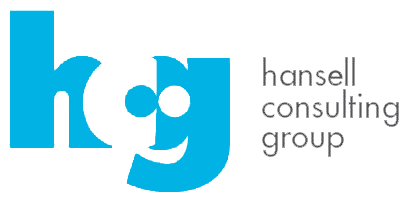The recent classification of Coronavirus as a Pandemic and the Government of Canada’s move to increase travel restrictions has been cause for concern for everyone.
The situation continues to evolve rapidly as Governments, Companies and Insurers react to the changing recommendations and requirements. Given this uncertainty, we wanted to clear up some common concerns regarding your benefits program:
Out of Country Travel:
Canadians on vacation or working abroad have been encouraged to return home and while travel is not banned, it is not recommended that anyone leave the country unless necessary.
· If you have an employee that needs to leave the country, we recommend that they contact the group benefits provider before leaving to ensure that their group Out of Country Travel benefit will still be in effect. Given the widespread travel advisories, it is likely that coverage for illness from Coronavirus would not be covered.
· Please note that if an employee decides to leave without coverage and is an Ontario resident, they will not be covered for out of country expenses incurred under OHIP as coverage for this was removed on January 1, 2020
· Employees who are not Ontario residents may have some coverage through their provincial health care plans, however, these are generally very limited and almost certainly will not cover the full cost of treatment should an accident or illness occur on their trip.
· If anyone is away and has not yet returned, all insurers are obligated to provide coverage until their return. (As long as they adhere to the Government recommendation to return as soon as possible). This includes anyone in quarantine
Travel Within Canada:
As of the time of this email, there are no insurance restrictions or limitations on coverage when traveling within Canada.
Short Term Disability:
If you do not have an insured Short Term Disability plan, you may want to review your illness policy and determine if there is a need to revise given the current situation.
For those with an Insurer supported plan, encourage employees to submit claims early if they are sick. Most insurers are adding additional processing capacity with the expectation of higher claims in the next few weeks.
Drug Benefits:
Some in the media have voiced concerns of Drug shortages in light of the virus. At this time, there are no concerns from insurers, the government or pharmaceutical companies about the supply of drugs.
· Prescription refill guidelines still apply.
o If employees would like more than the standard supply of medications, they would be required to pay out of pocket for the additional drugs (as has been the standard for many years)
Below are some additional resources on specific carrier responses and recommended guidelines for prevention in the workplace.
On behalf of the team at HCG, I wish you good health and encourage you to make a Plan To Be Well.
https://www.canadalife.com/about-us/how-canada-life-is-supporting-you-during-covid-19.html
https://www.medaviebc.ca/en/covid19






